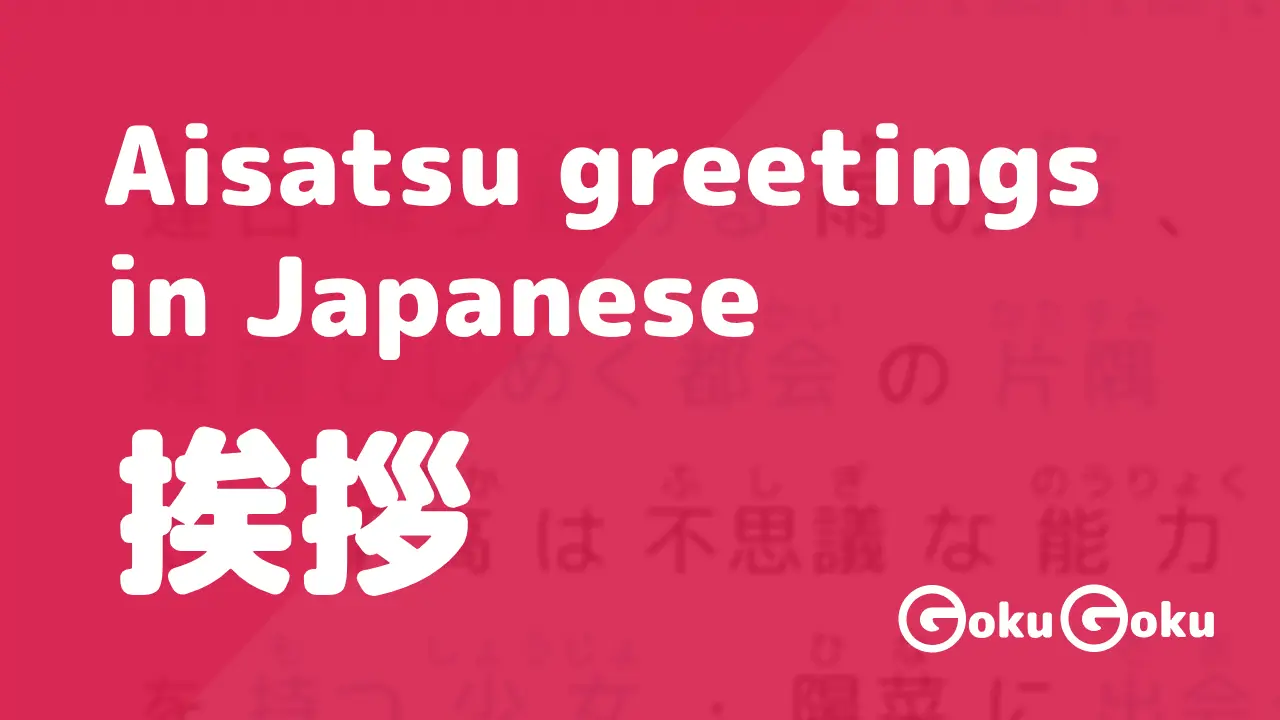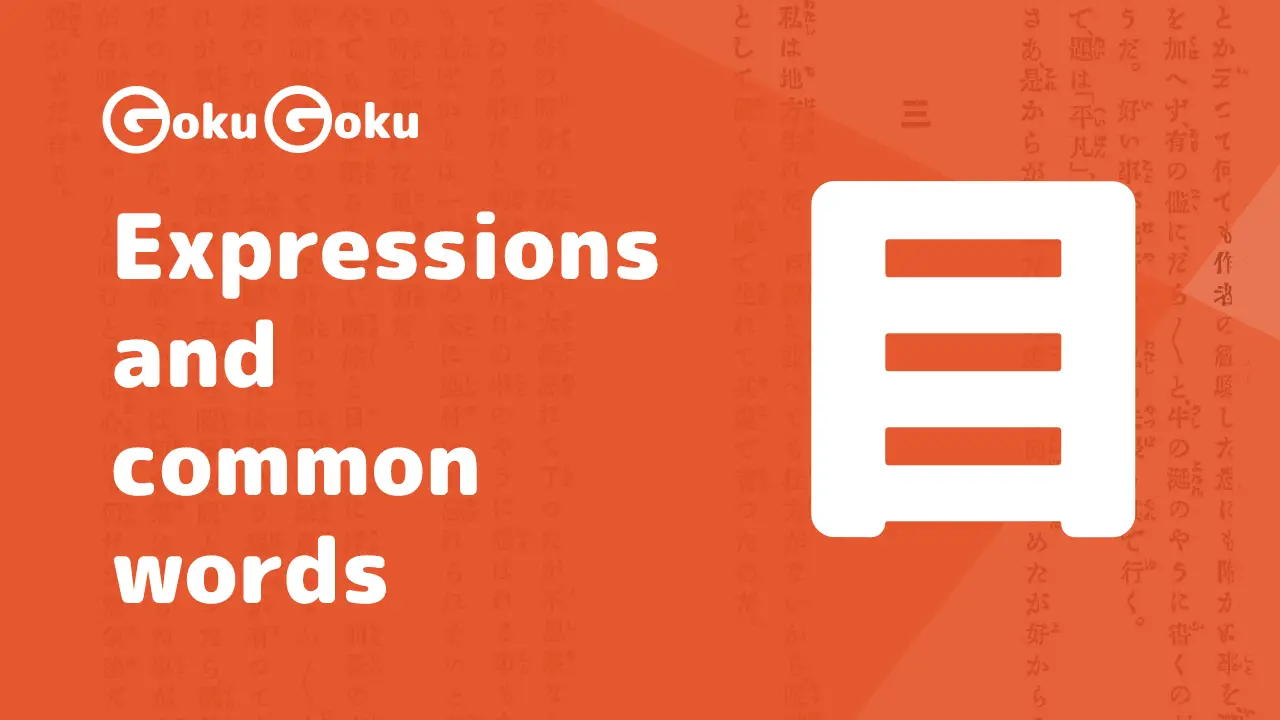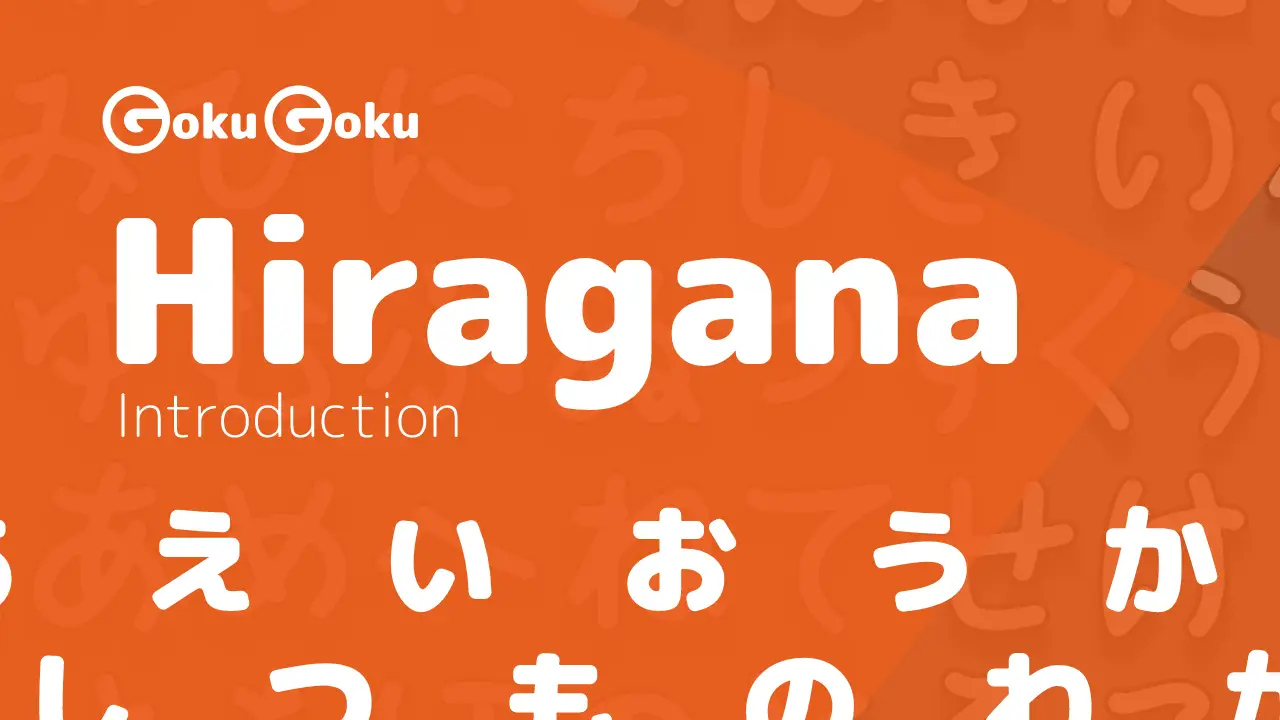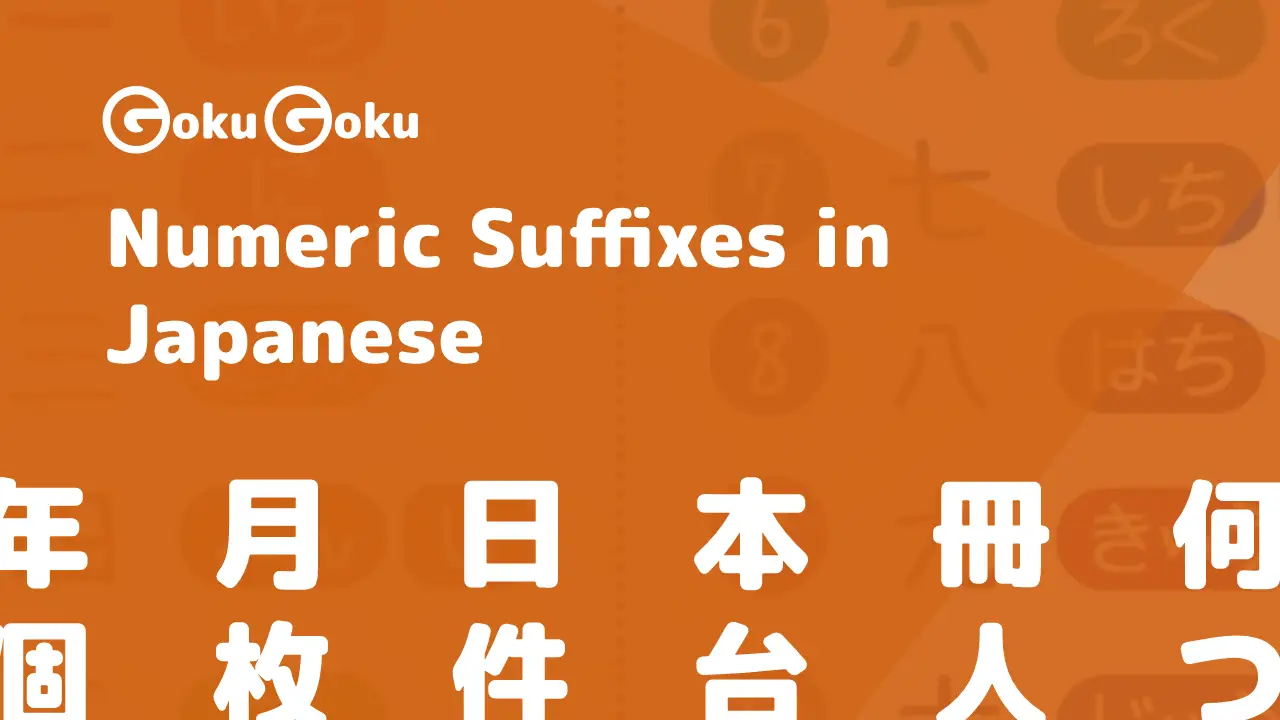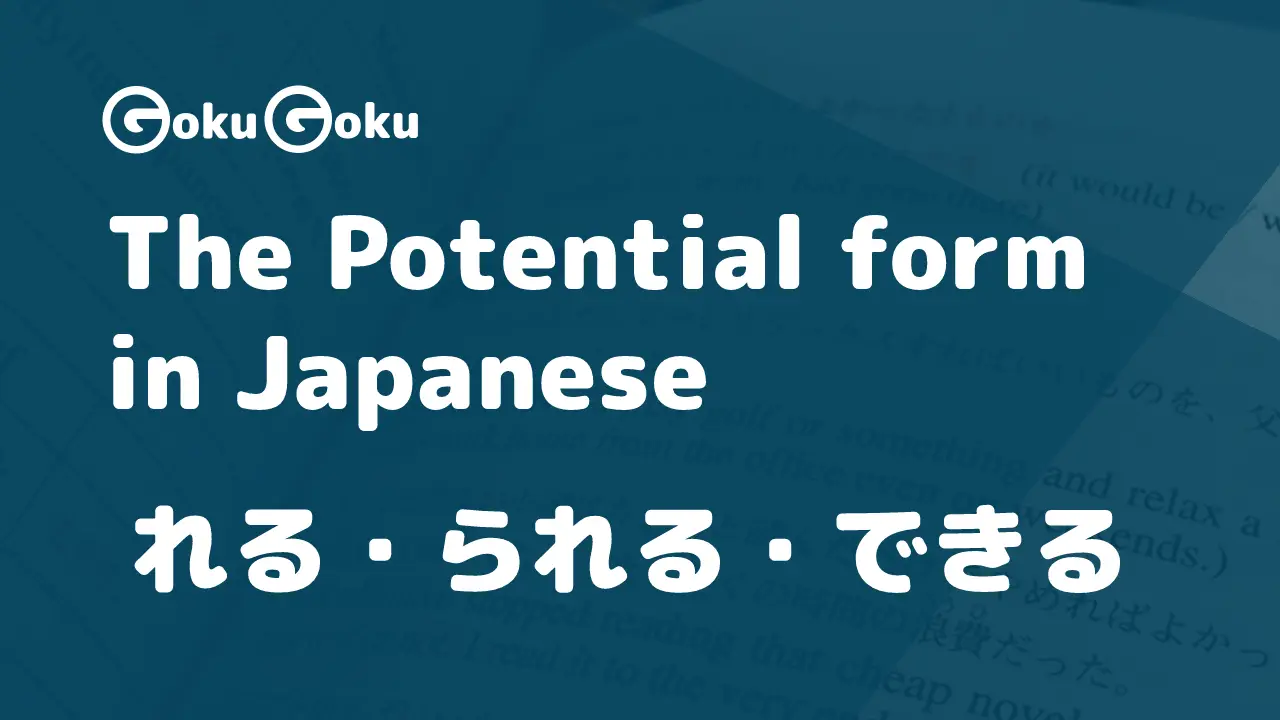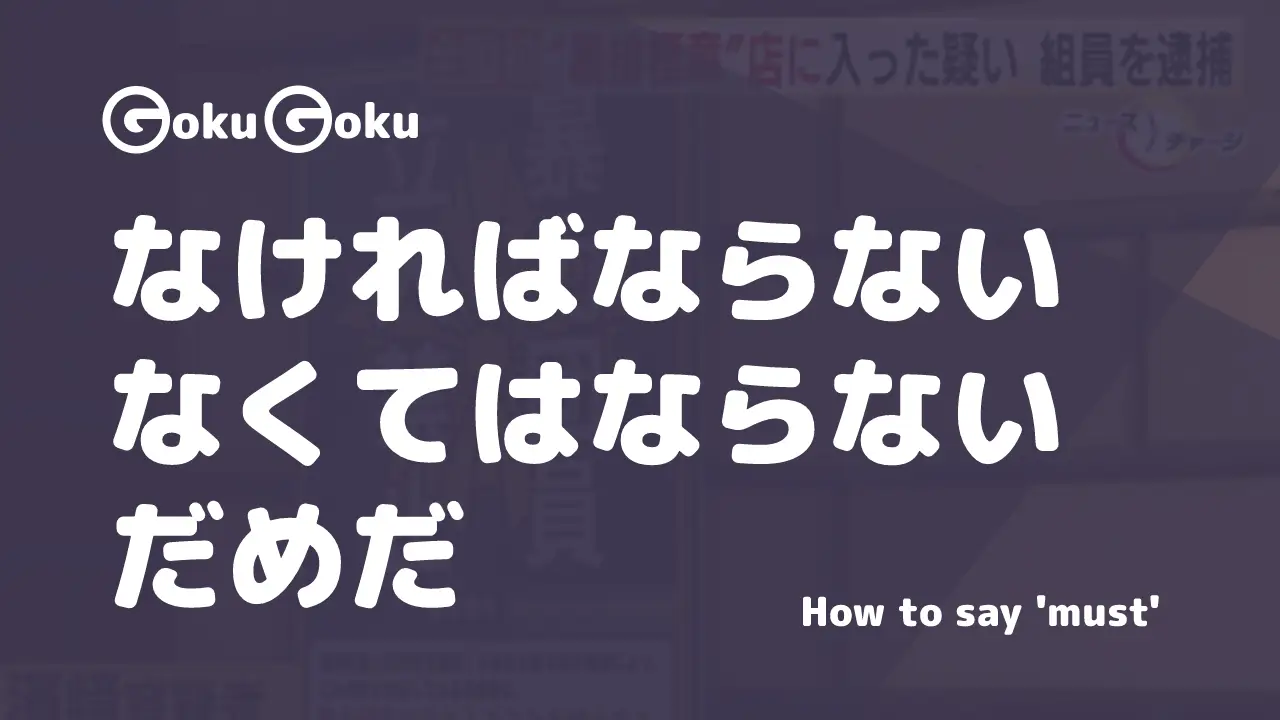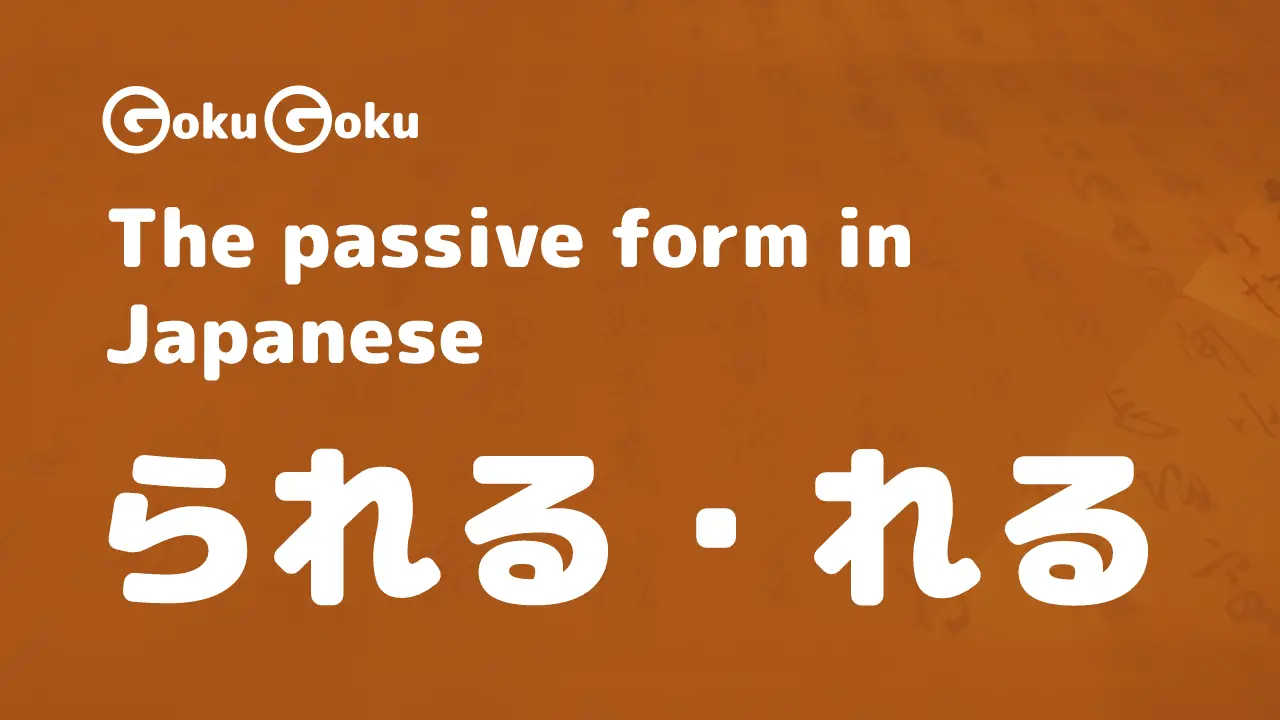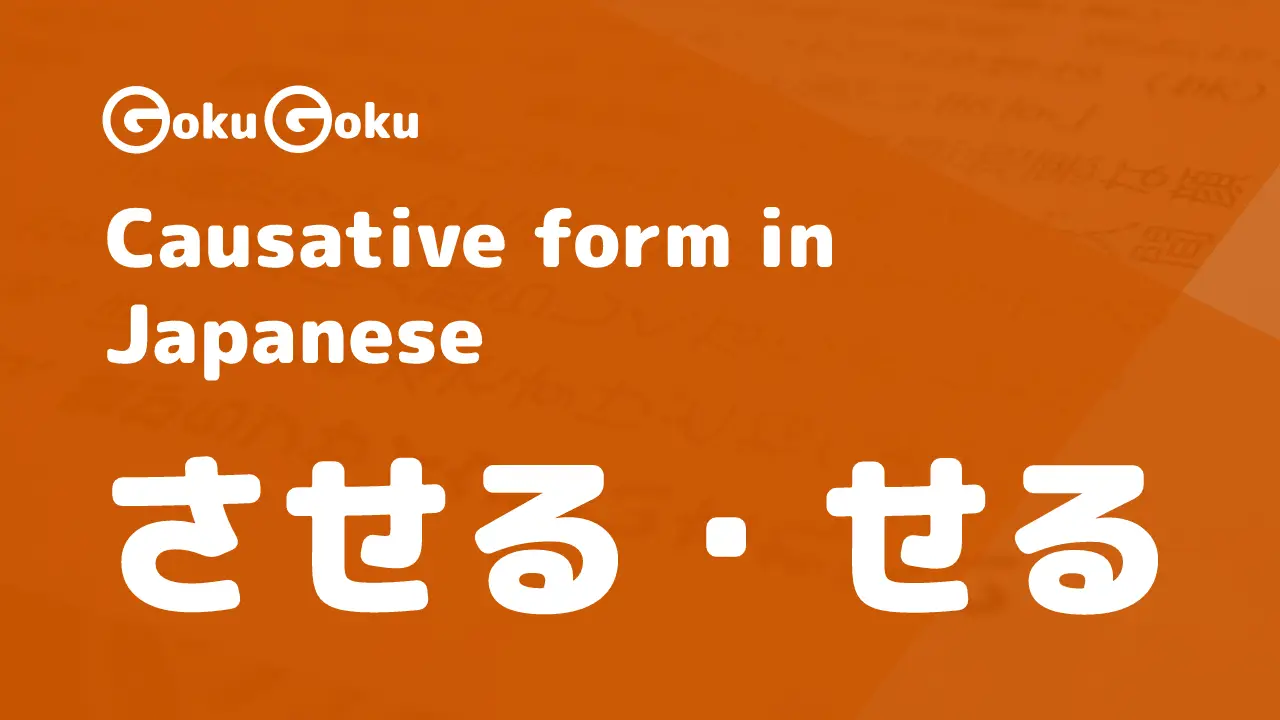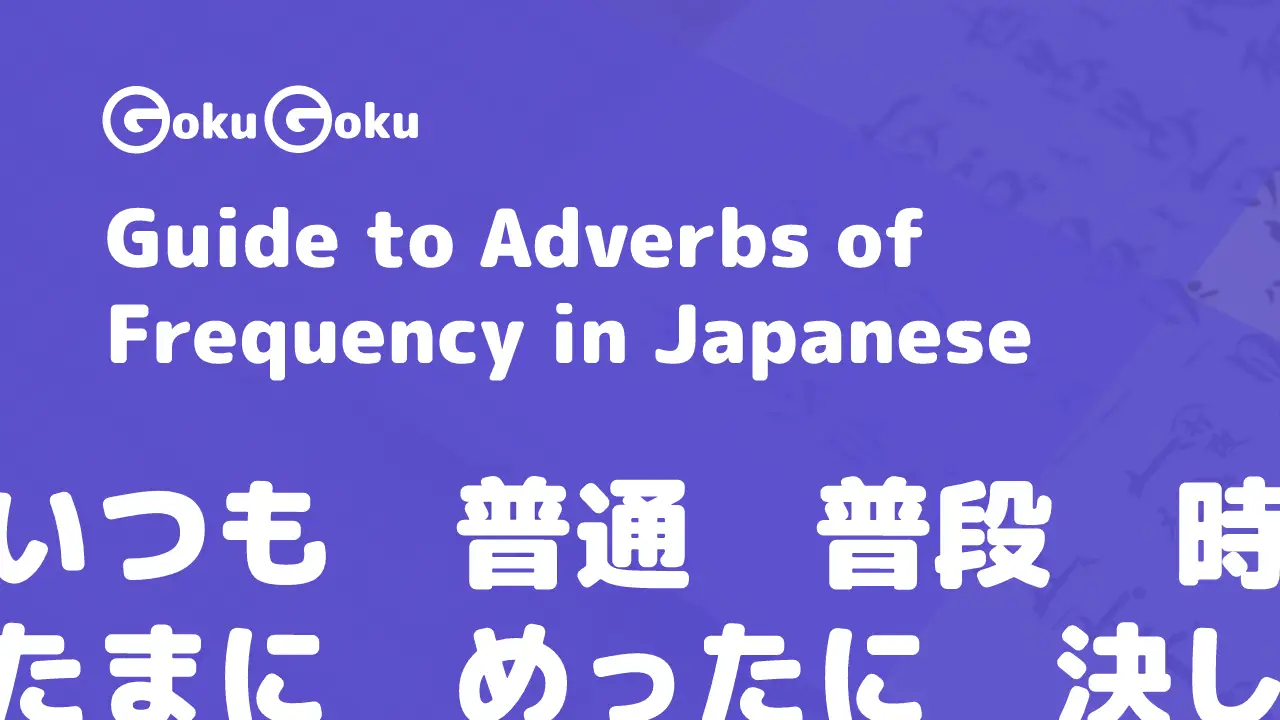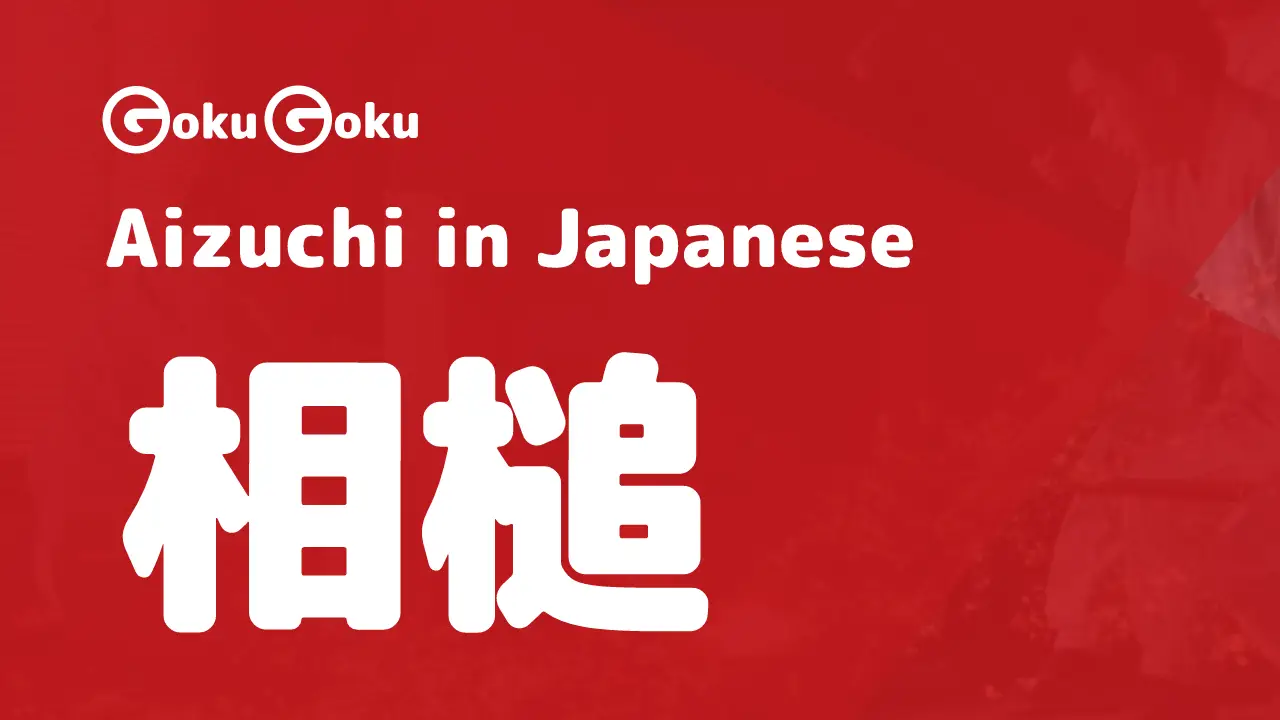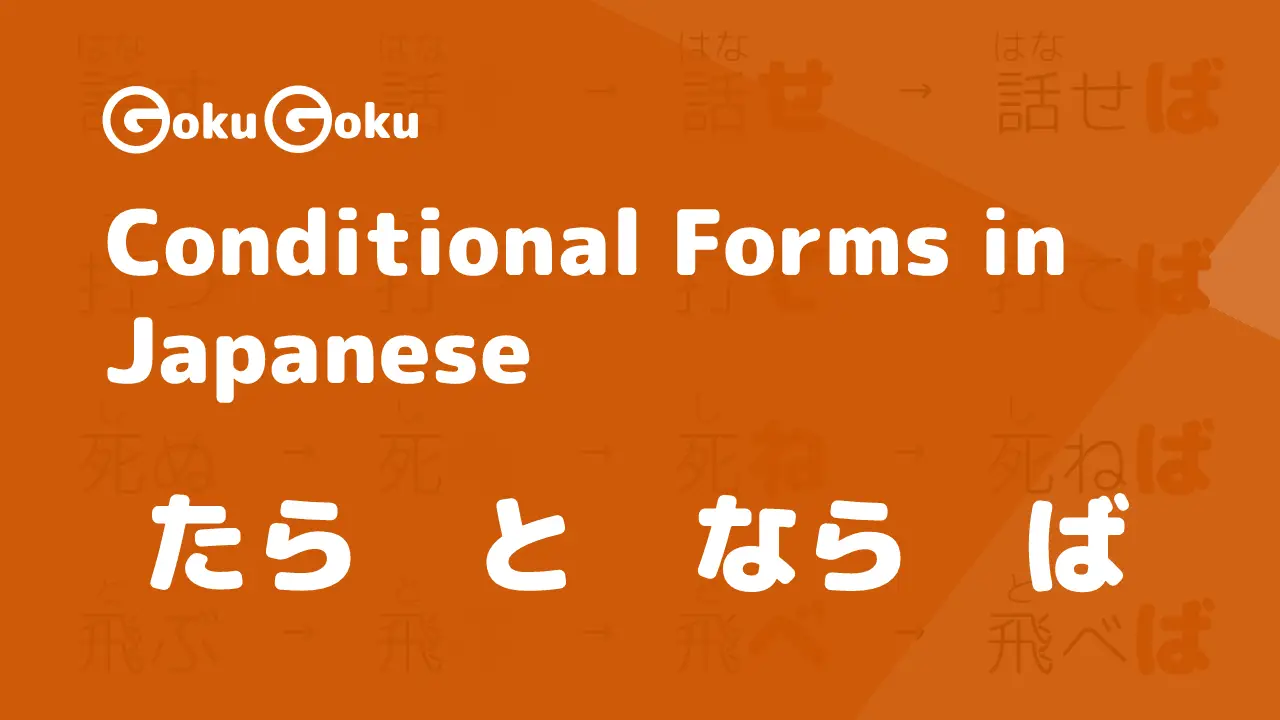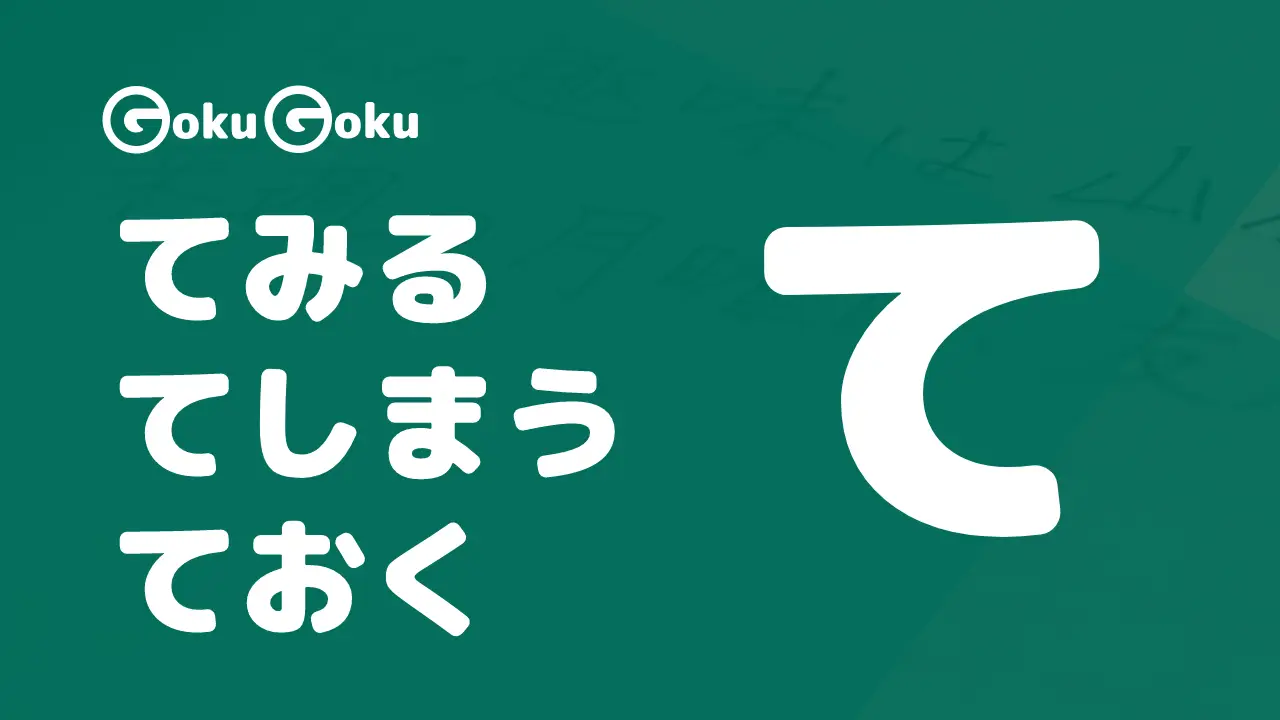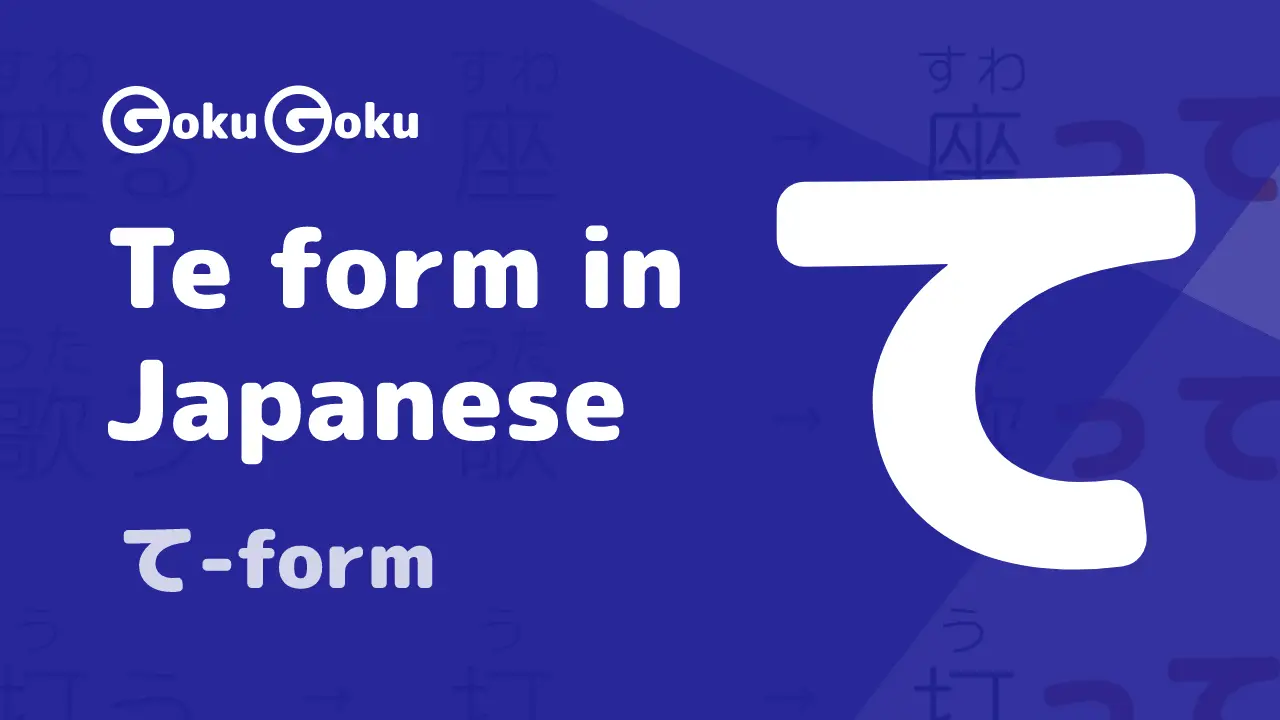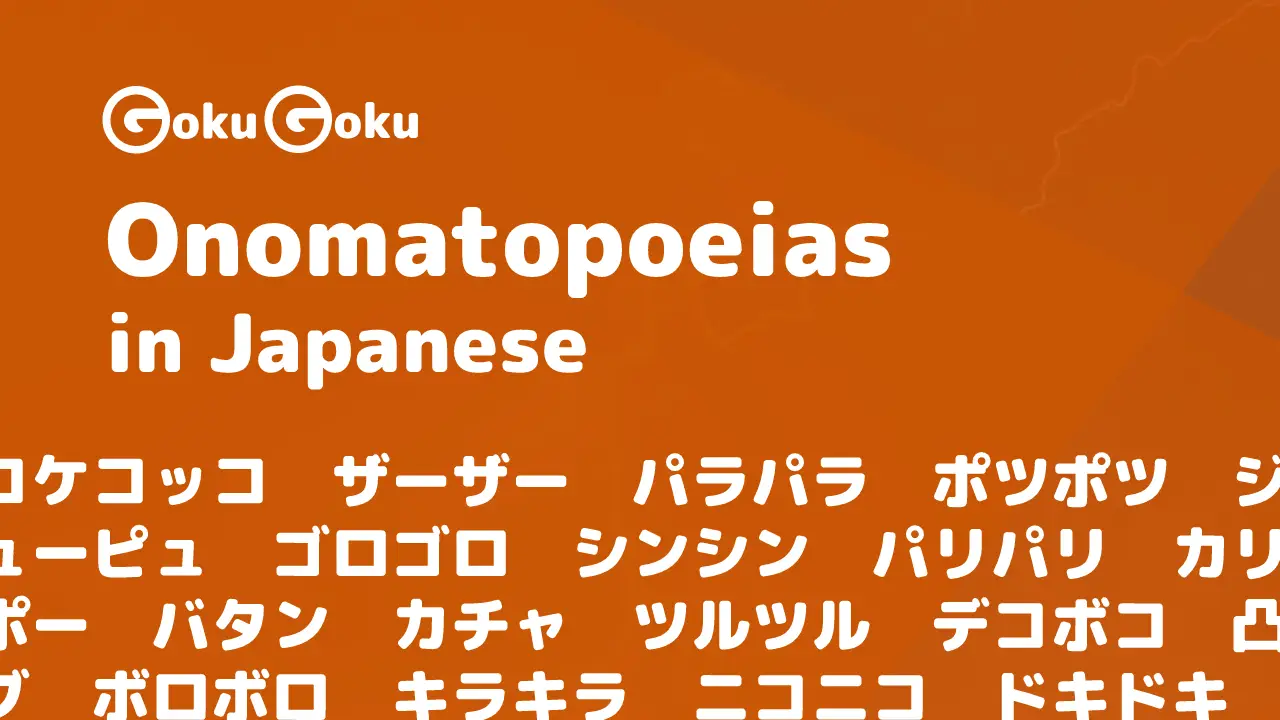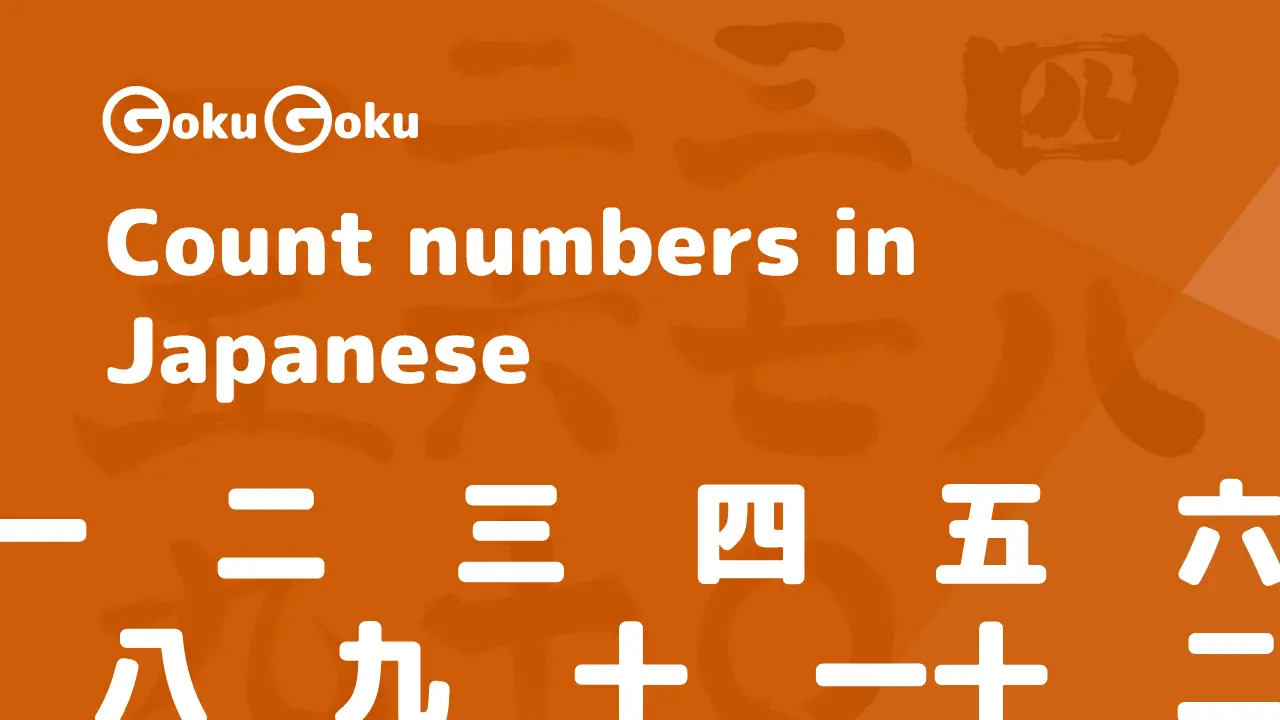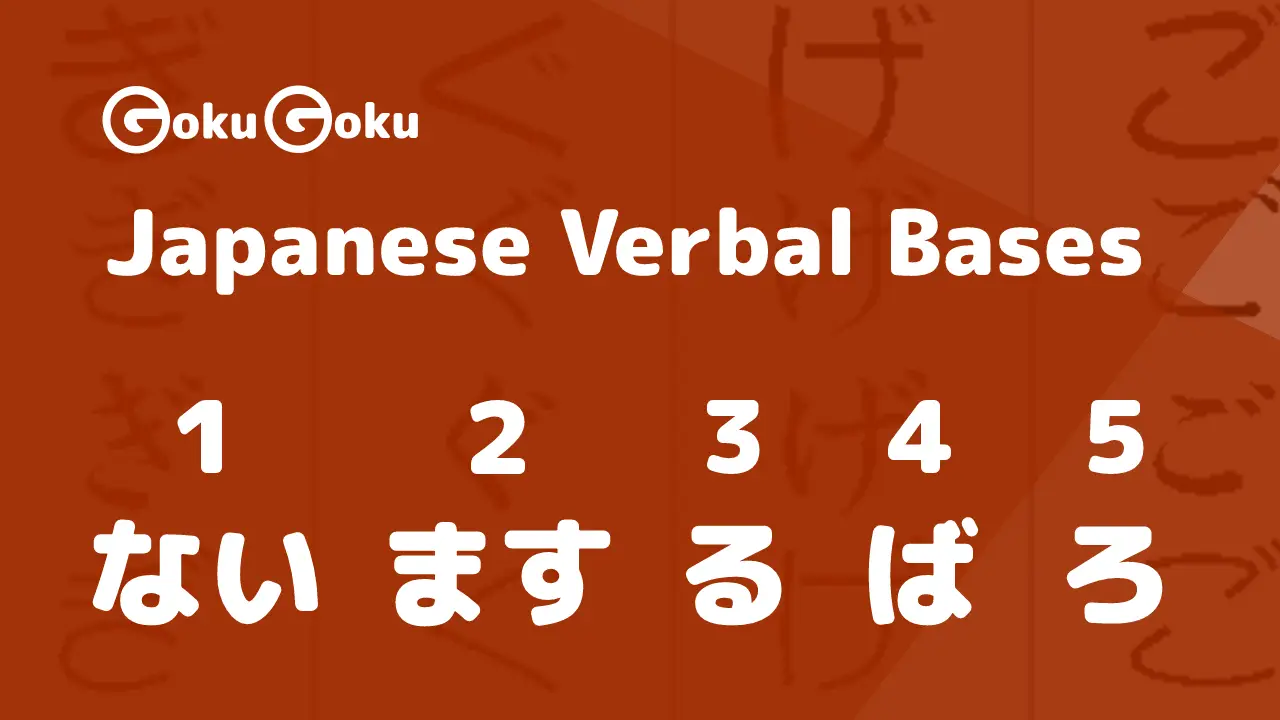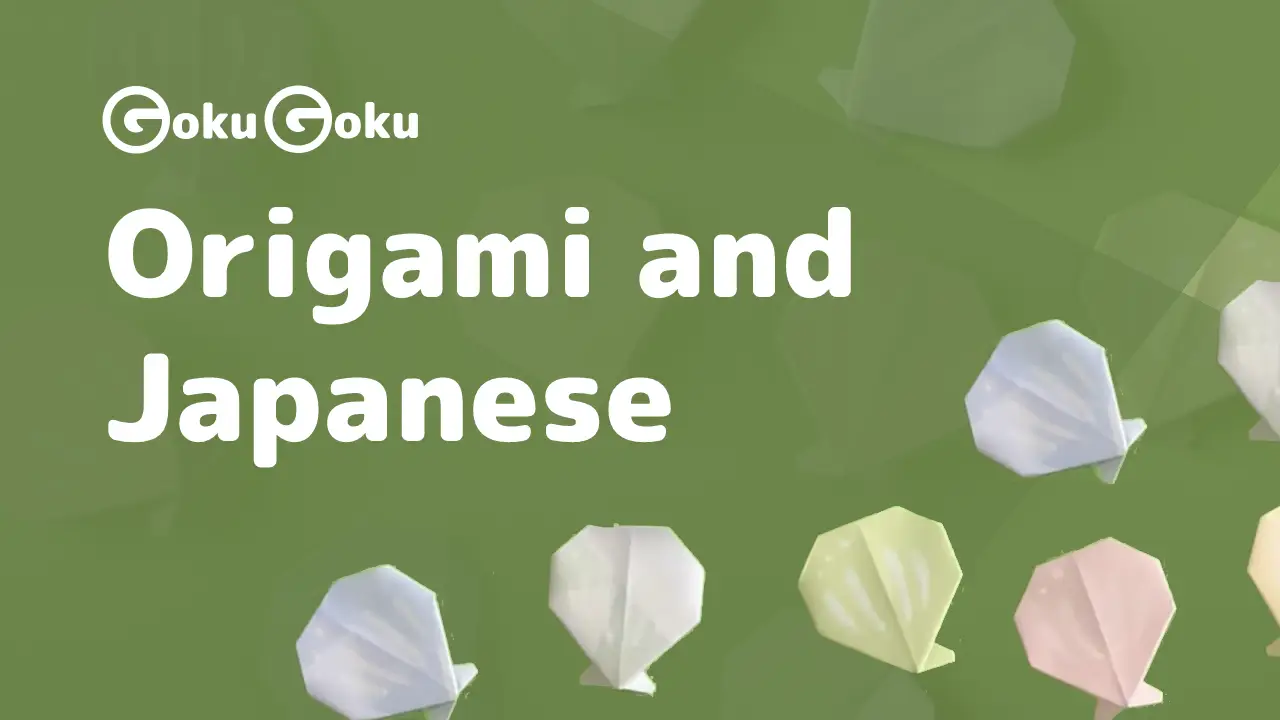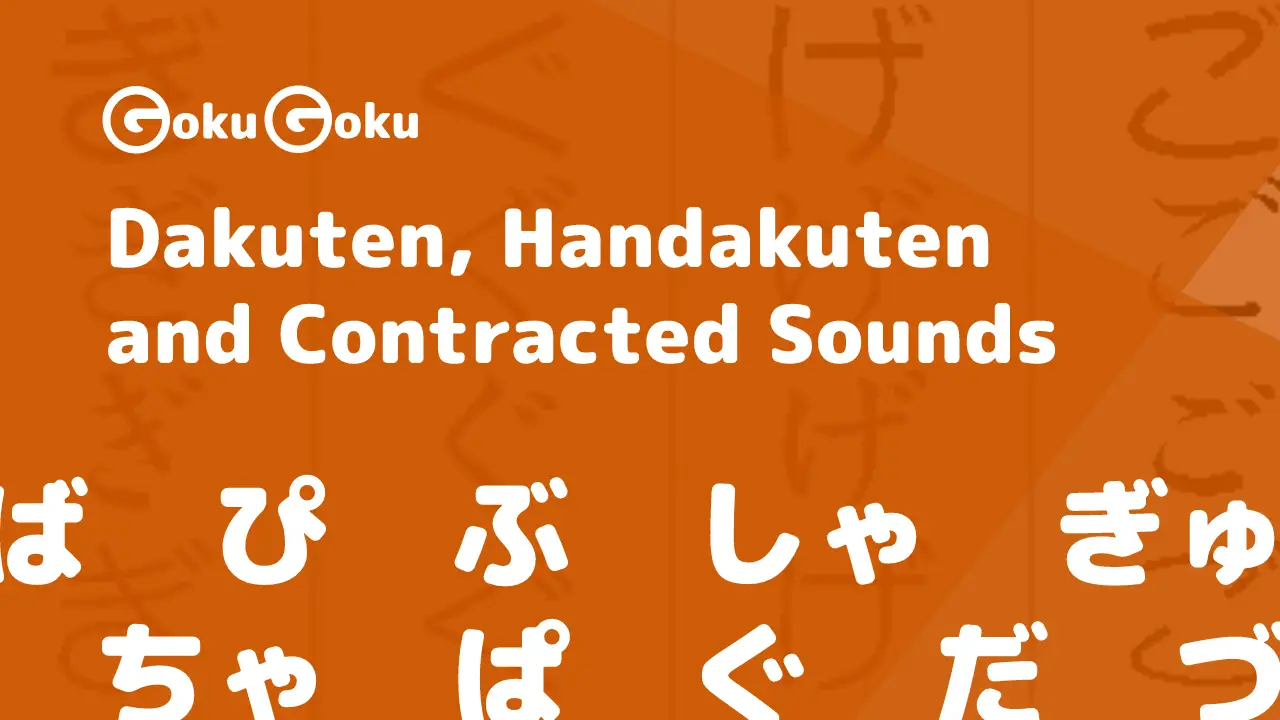Introduction to the Keigo Language in Japanese
Let's learn the Keigo language: characteristics, similarities, and differences between Sonkeigo, Kenjōgo, Teineigo, how they work and when to use them.
Aisatsu greetings in Japanese
In Japan, Aisatsu 挨拶 (greetings and pleasantries) expresses importance and recognition towards the person to whom it is directed.
Kanji 目: useful expressions and words
目 represents much more than the word eye: we learn the expressions and words that contain the kanji 目, very common in daily conversation in Japanese.
Reading Kanji in Japanese Food Labels
We learn to read and recognise kanji, terms and expressions in the field of food and nutrition. Food labels are a great tool.
Learning Kanji and cooking words in Japanese
Let's learn by cooking! Through the recipe steps to prepare the popular Japanese Yakimeshi, fried rice, we learn the terms and the expressions used in cooking.
Hiragana: complete guide for beginners
The first step to learn the Japanese language is Hiragana. In this post we learn all about Hiragana, how they work, and how to read them.
Complete introduction to Particles in Japanese
Particles are unique and super important in the Japanese language. This is a complete introduction to particles in Japanese.
The Polite Form ます (masu) in Japanese
Complete guide on the polite form in japanese: how it works, how to conjugate it, and when to use the polite form or ます form.
はず
hazu
should have beenI expect it to bethis isshould not have beenI don't expect it to have been
どういうことかというと
dou iu koto ka to iu to
to explainto clarifywhat I'm trying to say iswhat I mean isto put it simply
How Numeric Suffixes Work in Japanese
Let's learn what Numeric Suffixes, also called Counters or Classifiers, are in Japanese: How they are formed and how they work.
The potential form in Japanese
The potential form in Japanese is formed by the suffixes れる, られる and the verb できる. It is used to express the possibility and the ability to perform an action.
に従って
ni shitagatte
according tofollowingin accordance withasconform toin line within compliance with
ようとしない
you to shinai
not make an effort tonot willing tonot try tonot intend tonot want to do something
〜に越したことはない
ni koshita koto wa nai
it is betterthere is nothing better thanit is the best toit is safiest to
ない訳にはいかない
nai wake ni wa ikanai
can't not do somethingno way to avoid doing somethingcan't help
かというと
ka to iu to
becauseIf I have to sayIf I have to chooseif you ask meif I were to sayI'd rather
How to conjugate Adjectives in Japanese
Japanese conjugations of "i" adjectives and "na" adjectives, both in their base form and polite form.
より
yori
more thanto be moreto have no choice butbe gladthere is no choice butrather than saying that
How to say 'must' in Japanese - なければならない, なくてはならない, だめだ
なければならない, なくてはならない and だめだ are three very common ways to express duties and prohibitions in Japanese: let's learn how to use them and their differences.
How to Search a Kanji in Paper and Electronic Dictionaries
Various methods on how to look up any kanji in both a paper and digital dictionary. Find any kanji in no time.
Complete introduction to Japanese Adjectives
Learn how Japanese adjectives work: the 2 categories of い-adjectives and な-adjectives, how to use them, and their various forms.
Receive in Japanese - the verbs いただく and もらう
いただく (itadaku) and もらう (morau) are two verbs both meaning "to receive" in Japanese: we learn how and when to use them, and their differences and similarities.
The passive form in Japanese - られる and れる
The passive form in Japanese is formed with the suffixes られる and れる. It is used to express an action suffered by the subject in various situations.
Causative form in Japanese - させる and せる
The causative form in Japanese, conjugated using the suffix させる or せる, is used to express obligations, permissions, emotions, and much more.
Guide to Adverbs of Time in Japanese
Let's learn the most common adverbs of time in the Japanese language, how to use them, and how they work: 中, 先, 去, 前, 来, 再, 後.
Particle の - All you need to know
の is one of the most used particles in the Japanese language: we learn the various meanings and uses of the particle の, and how to translate it in real situations.
わけだ
wakeda
conclusiongiven thatexplanationlogicthe fact is thatthis is whyfor this reasonnaturally
Guide to Adverbs of Frequency in Japanese
Let's learn the most common adverbs of frequency in the Japanese language, how to use them, and how they work: いつも, 普通, 普段, 時々, たまに, めったに, 決して, 絶対.
What are Aizuchi in Japanese
Aizuchi in Japanese are elements in the conversation that show the interest of the person who listens. They indicate the listener is paying attention or understands the speaker.
Conditional Forms in Japanese (たら, なら, と, ば)
The conditional forms in Japanese are たら, なら, と, ば. Each is used in a different context and they all have a different meaning and conjugation.
てみる, てしまう, ておく - Te Form in Japanese
てみる, てしまう, ておく all use the te form in Japanese: try to do something, do something completely, do something in advance.
Everything You Need to Know About the て Form in Japanese
Learn the te form (て) in Japanese: how is is conjugated and how it is used in many other expressions with different meanings.
How to read a manga in Japanese
Detailed step by step guide for beginners on how to learn to read a manga in its original language: Japanese!
What are Onomatopoeias in Japanese
Have you ever heard of onomatopoeias in the Japanese language? Today we will learn what they are and how they work.
Guide to Contracted Forms in Japanese
There are many contracted forms in Japanese, widely used in spoken language, manga and anime. Let see them and learn how they work.
Learn the Numbers from 1 to 10 in Japanese
We learn all the numbers from 1 to 10 in Japanese, with the 0 included: what their kanji is, how to read them, and their various uses and meanings.
The Numeric system in Japanese - How to count numbers
Let's learn how the Japanese number system works: how to count and pronounce numbers and how dates are formed.
Japanese Verbal Bases - How they are formed and How to use them
Complete introduction on all the verbal bases in Japanese: how they are formed, how they are used, and how they are translated.
Learn Origami and Japanese
Let's learn how to make the origami of a shell from an original Japanese guide, at the same time learning the language from the video!
Wasei eigo - English in the Japanese language
The term Wasei Eigo or 'Japanese-made English' refers to all English words borrowed from the Japanese language.
7 Tips for Self-Taught Japanese Study
Do you want to learn Japanese but don't know where to start? Here are 7 tips to start learning Japanese on your own.
Where is the Japanese Language spoken?
Japanese is not only in Japan, but in many other countries in the world. Learn where and how Japanese is spoken outside Japan.
Kosoado in Japanese - All you need to know
Kosoado こそあど are widely used in Japanese: today we learn the demonstratives 'this', 'that', 'these', 'those' in the Japanese Language.
Learn how to write Hiragana - Methods and tips
The first step when learning Japanese is memorizing Hiragana: here are some effective strategies to master the Hiragana syllabary.
Dakuten, Handakuten and Contracted Sounds - Japanese Hiragana
In order to read all the Hiragana characters you must know about Dakuten, Handakuten and Contracted Sounds. Let's learn them!
5 Strategies to Learn Japanese Kanji
How can you learn Japanese Kanji faster? We share 5 unique strategies to better learn Japanese Kanji.

